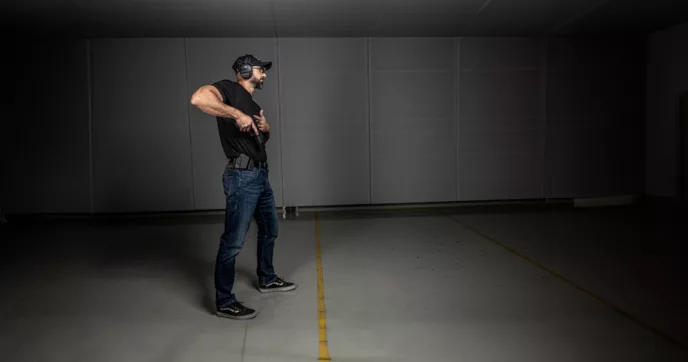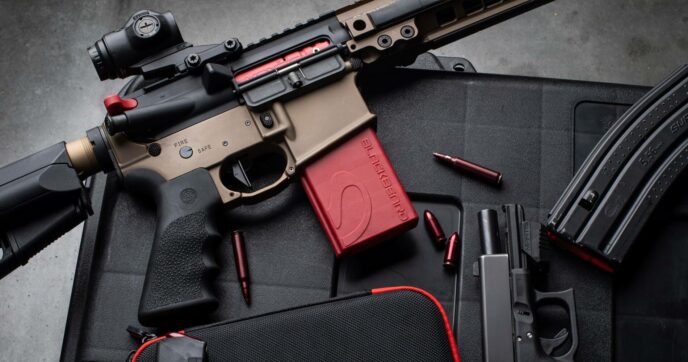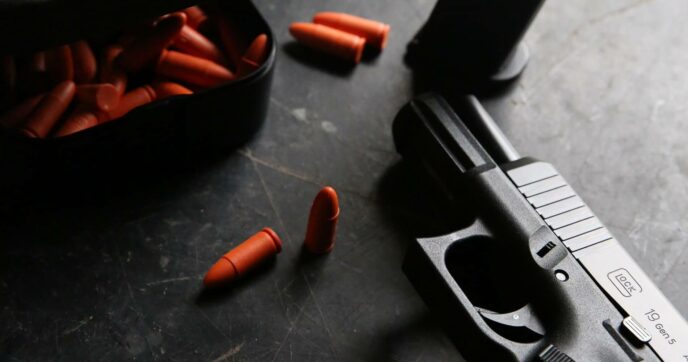When discussing long-range shooting, the AR-15 isn’t usually the first rifle that comes to mind for most. More often, enthusiasts consider bolt-action rifles or the larger AR-10 as the better choice. While both are top-tier choices, the AR-15 can be…
AR-15 rifles are among the most versatile rifle options available. Capable of being configured and customized to fit nearly any purpose for nearly any role, it’s no surprise that they’re one of the most popular platforms in America. Regardless of…
The bolt carrier group is the heart of the AR-15. It’s the primary mover of the rifle: the part that does the cycling, the feeding, the case extraction. It’s the part that bears the brunt of the blast from the…
Shooting a handgun well is both an art and a science. It requires a great deal of practice and training, a reasonable amount of knowledge, and if you want to be among the best, a bit of talent, too. That…



















